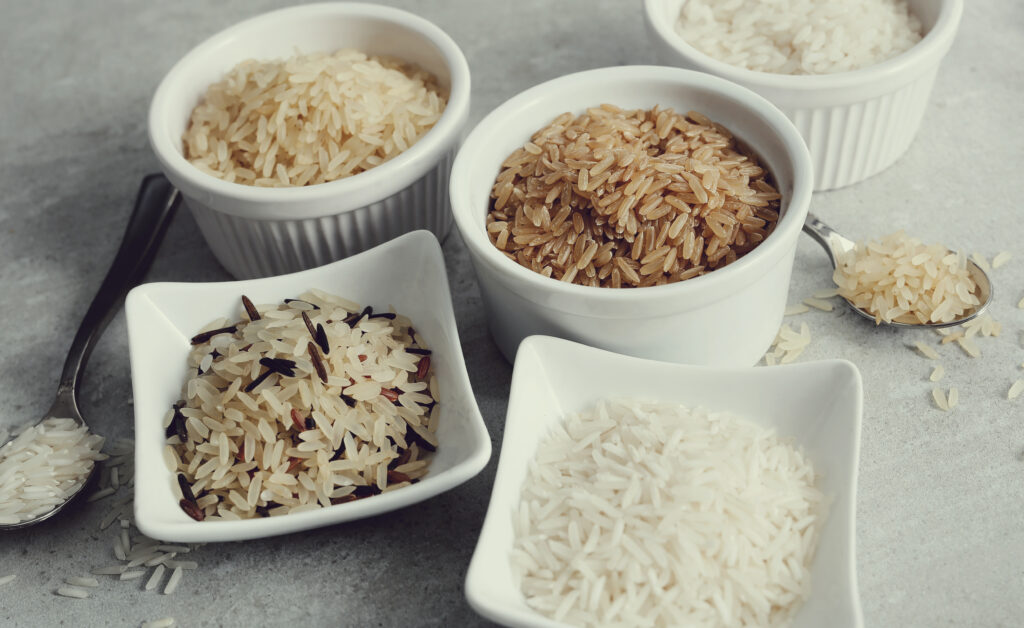Rice is a staple food in many countries and provides us with a source of energy. There are many varieties of rice that differ in colour, flavour, and nutritional value.
Healthy varieties
Brown Rice
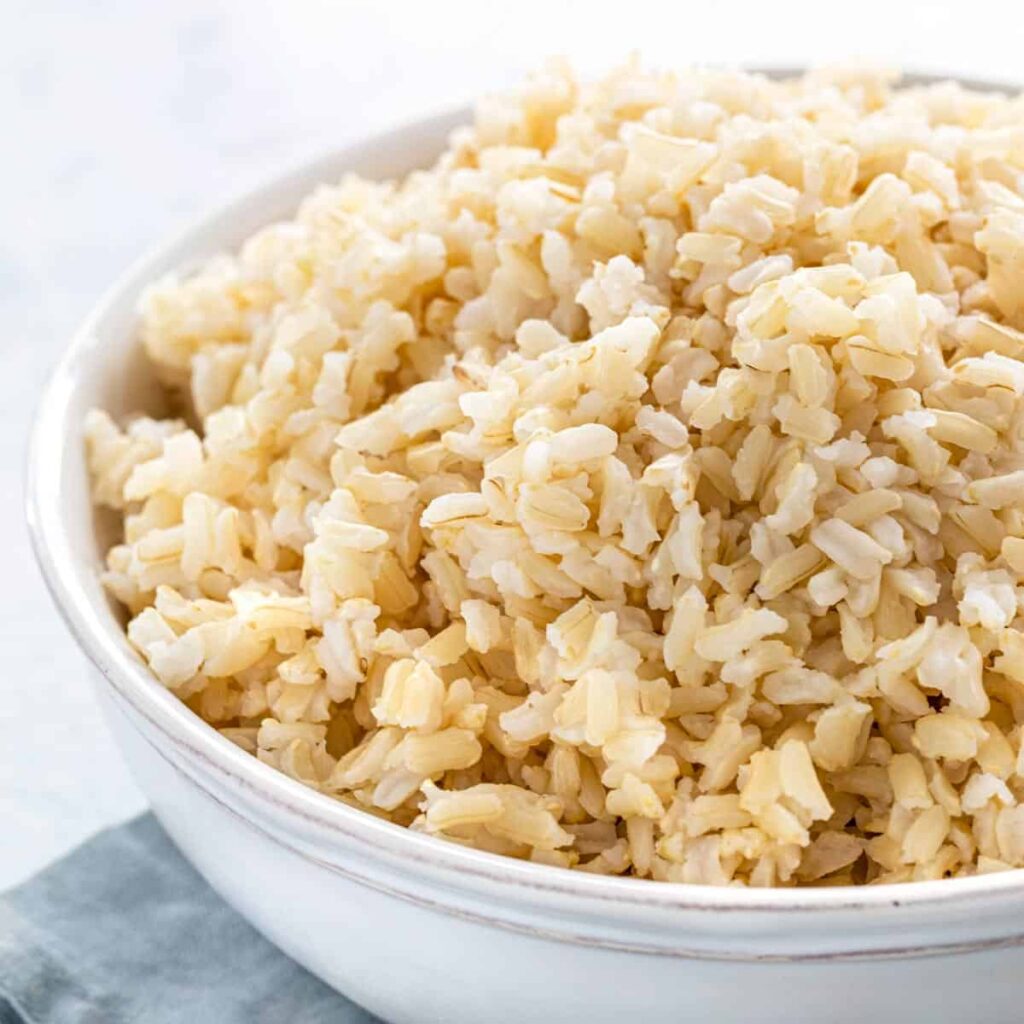
Brown rice is whole-grain rice that still contains the bran layer and the germ, both of which contain a significant amount of nutrients such as flavonoids and antioxidants. These compounds play an important role in disease prevention. Regular consumption of foods rich in flavonoids has been linked to a lower risk of chronic conditions, such as heart disease and certain cancers. Brown rice provides similar numbers of calories to white rice, which has had the bran and germ removed. However, brown rice has about three times more fibre and is higher in protein. Both fibre and protein promote feelings of fullness and can help you maintain a healthy weight. Choosing brown over white rice can help regulate blood sugar and insulin.
Black rice and red rice
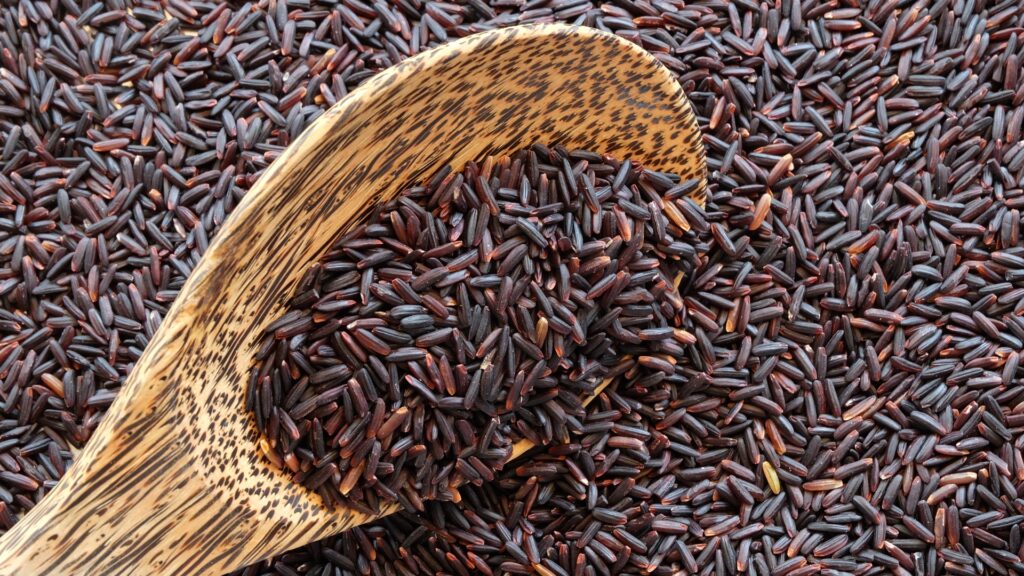
Black rice varieties, such as Indonesian black rice and Thai jasmine black rice; Red rice varieties such as Himalayan red rice and Thai red cargo rice becomes red or purple colour when cooked. Black/red rice is particularly rich in anthocyanins, a group of flavonoid plant pigments that have powerful antioxidant and anti-inflammatory properties. Anthocyanins have been shown to have potent anticancer properties as well. Antioxidants are compounds that protect cells from damage.
Less nutritious varieties
White rice
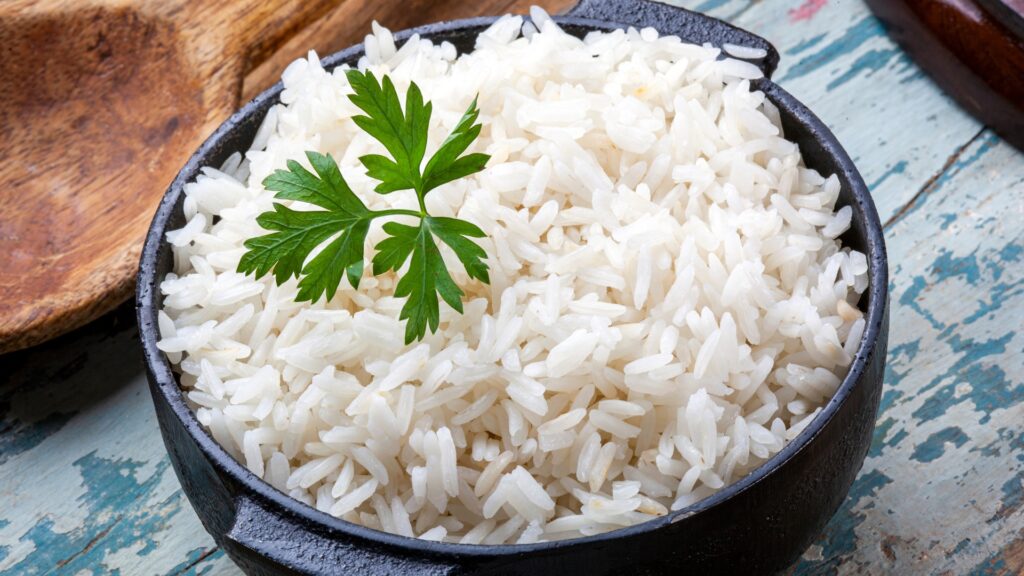
White rice has had the husk, bran, and germ removed. the nutrients and beneficial plant compounds found in the bran and germ are lost during processing. As a result, it contains less fibre, protein, antioxidants, and certain vitamins and minerals than brown rice. Since white rice is lower in fibre and protein, it’s also less filling and has more of an impact on blood sugar than brown rice.
White basmati
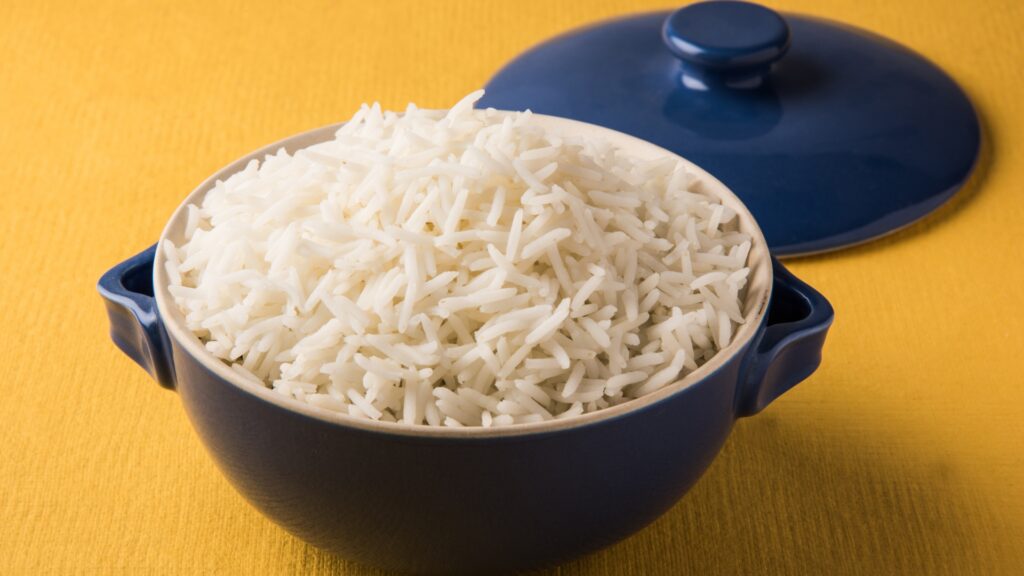
Basmati is a long-grain rice, available in white or brown varieties. Brown basmati is a whole grain but white basmati is a refined grain, meaning that it has been stripped of many valuable nutrients during processing. Refined grains are associated with negative health effects.
Which type of rice should your choose?
Consuming whole grains over refined grains is better for health because they are rich in antioxidants and fibre. Whole grains are also linked to a reduced risk of heart disease, obesity, and certain cancers. Therefore, choosing whole-grain brown, red, black, or brown basmati is a better choice. Although white rice or white basmati may be eaten in moderation, but replacing it with whole-grain varieties will provide more benefits.

